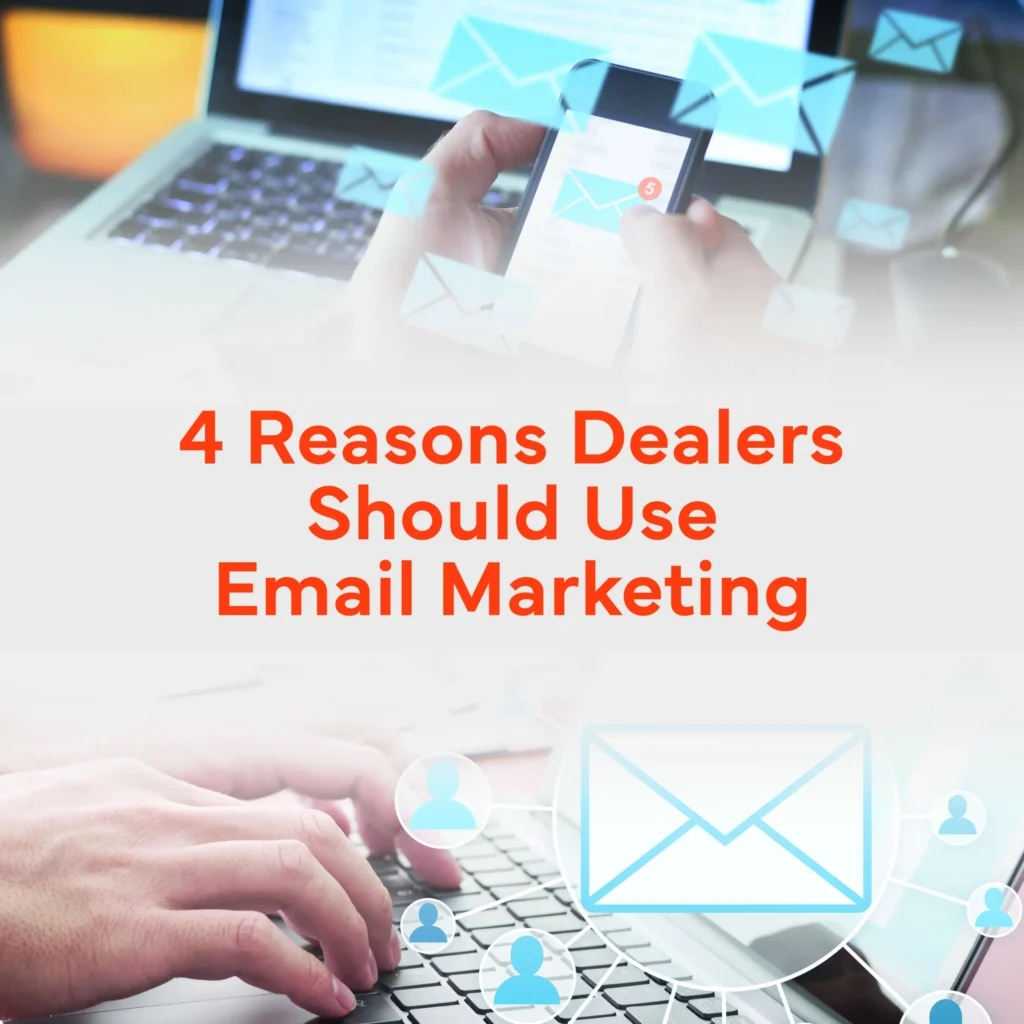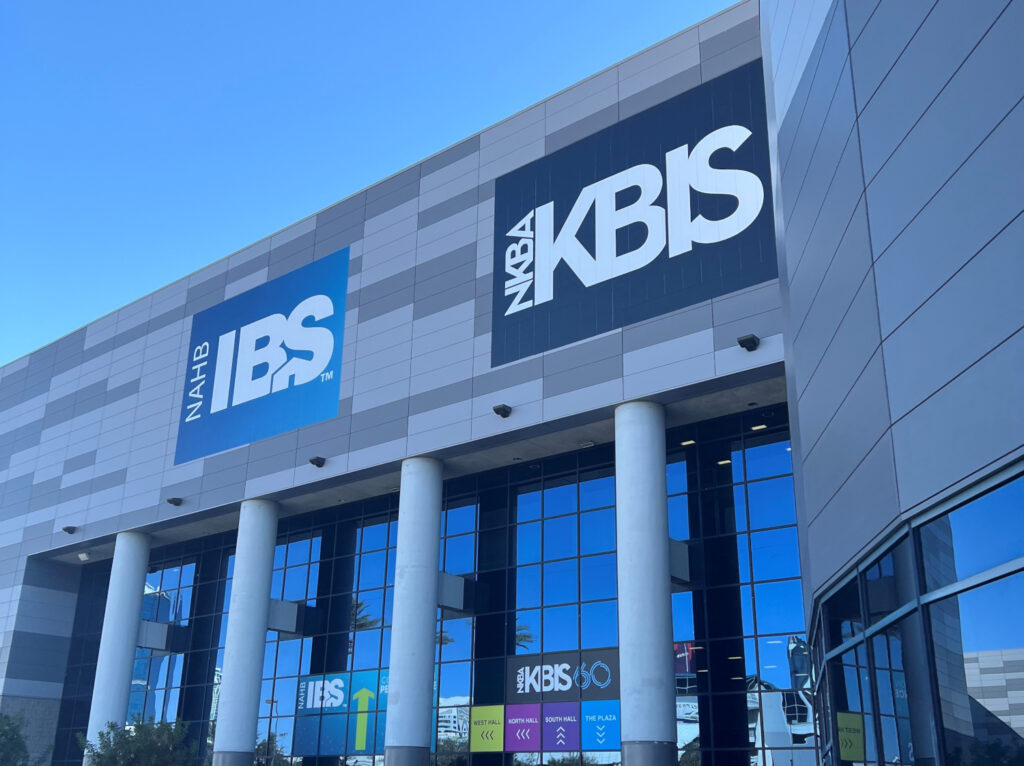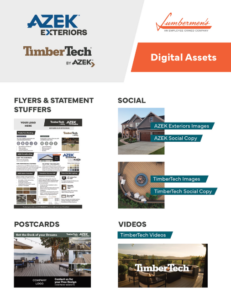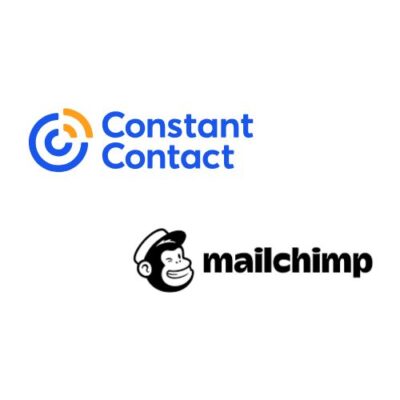
An estimated 92% of all online search traffic happens via Google, which is why it is so important to make sure that your business is easy to find with robust and correct information. In the same way that you wouldn’t want to miss out on a sale by failing to answer a phone call, you don’t want to miss out on a potential customer searching for your product or business due to a lack of a digital presence.
One of the best things about Google is that it has the ability to drive customers to your physical store location by providing them with up-to-date store information, including store hours, address, and phone number.
There are multiple ways for your business to be found on Google. Setting up and optimizing your Google Business Profile is one of the quickest and easiest methods of making sure your business pops up when someone searches for you, or in some cases, searches for a product or service that you provide.
Chances are, your business already has a Google Business Profile tied to it. To confirm, search the name of your business. You should see something that looks like this on the results page (see image on the right). If one exists already, simply click the “Own this business?” text and follow the steps to get control over the profile.
Don’t already have a Google Business Profile? Follow this guide.
Once your Google Business Profile is set up, you can begin adding in the relevant information surrounding your business and its operations. Below is a checklist including all of the components of an optimized Google Business Profile. Once you have all of these fields filled out, you’ve completed the first step in ensuring that your business is visible to people searching for you.
Google Business Profile Checklist
Even if you’ve had your profile set up for years, it’s not uncommon to have missing information or lack of the right details. Make it a regular practice to double check your profile. The following checklist should help.
☐ Business Name
☐ Phone Number
☐ Hours of Operation
- Nothing is more frustrating to a customer than checking your hours and then discovering they aren’t accurate – especially if they drove all the way there. Fortunately, Google allows you to set special hours by day and even holidays.
☐ Business Category
- Your business category is a broad descriptor used to tell Google and potential customers what type of business that you operate. This is a great opportunity to compete with the big box stores.
- To update your business category, follow this guide.
☐ Service Area
- Your user-defined Service Area tells people where you are willing to work and is most relevant for builders.
- If you are a builder and do not conduct business at your listed address, it is best practice to remove it from your profile and set a service area instead.
- To update your service area, follow this guide.
☐ Website (if applicable)
- Ensure that the link matches exactly how it appears when you visit your site.
- For example, double-check if your listed site URL:
- starts with http:// or https://
- includes the www.
- has the correct ending (.com or .net or .us)
- To update your website, follow this guide.
☐ Photos
- It is recommended to include at least one image of the exterior of your building. This makes it easier for customers to know where to go when they arrive.
- Include high quality photos that are relevant to your customers. For a dealer, this could mean photos of inventory or notable product lines. For a builder or designer, this could be photos of completed projects or renovations.
- It is also important to note that Google allows users to submit photos in their reviews for your business. It can be difficult to remove user submitted content on Google, so making sure you have a collection of high quality photos can minimize the effect of any less than ideal photos tied to your account. To report a user submitted photo on your Google Business Profile, follow this guide.
- If this method is unsuccessful, you could try reaching out directly to the person who submitted the photo, if you have their information.
☐ Social Media Links
- This is a great opportunity to promote your business’s social media accounts.
- Include all of the relevant social media accounts. Ensure that your accounts have consistent branding and that the content is relevant to your customers.
- To edit your social media links, follow this guide.
☐ “More” Section
- This may seem minor, but it provides valuable metadata to Google to help better show your business for relevant searches as well as inform customers of what to expect when they come in.
- For example, if your business doesn’t accept credit cards, you can note that in this section. You can also note whether your business has a wheelchair accessible entrance, public restrooms, or on-site parking and much more.
- To update this section, follow this guide.
Other Key Considerations
Keep Information Up-to-Date: It is very important to keep your Google Business Profile as up to date as possible. The only thing worse than having no information available for your business is having incorrect information.
Reviews: Google Reviews can either be your best friend or your worst enemy. Positive reviews will show people the great service that you provide and encourage them to visit your store for themselves. Negative reviews on the other hand can have an adverse effect on the perception of your business and are notoriously hard to remove from Google unless they violate the terms & conditions of Google’s Conduct Policy.
It can also be beneficial to ask satisfied customers to submit Google Reviews for your business. With a higher Google Business rating, you will be more likely to show up in search results and reach more customers. Having more 5-star ratings will also mitigate the effects of any reviews left by the inevitable cranky or disgruntled guest.
Multiple Profiles for Multiple Locations: If your business has multiple locations, it would be beneficial to create separate Google Business Profiles for each store location. Each Business Profile can only have one physical address assigned to it which makes it important to create one unique profile for each location’s address.
Now that you have a polished Google Business Profile, you have completed the first step in making sure that your business has a digital presence on Google. The next step is optimizing a webpage for Organic Search traffic by developing high quality content centered around your business, your products, and what separates you from your competition. This is a wholly different endeavor that presents its own challenges and opportunities. Check back here in the future for more tips on keeping your business in the front of mind for your potential customers.








































